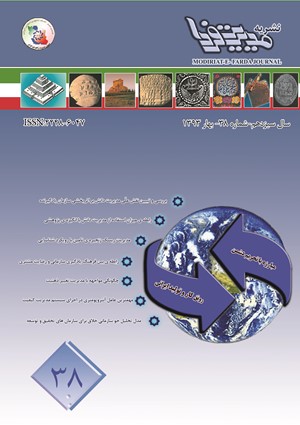-
-
List of Articles
-
Open Access Article
1 - Review and explain of the causal role of Knowledge Management in effectiveness of the Learning Organization (Case Study; Iran University of Science & Technology / IUST)
مرضیه باقری -
Open Access Article
2 - The relation of teacher’s use of knowledge management on student research motivation at Tehran city high schools.
مهرنوش جعفری پریوش جعفری علی حسن بیگی -
Open Access Article
3 - The relation between organizational learning culture and customer satisfaction: The mediating role of job satisfaction
مهدی حقیقی کفاش زهره دهدشتی شاهرخ حسن غریبی -
Open Access Article
4 - Fitness desk operators and anthropometric factors the implementation of a quality management system approach to structural modeling
Marzieh Babaeianpoor محمد مهدی مصطفوی دهزویی حسين بحريني -
Open Access Article
5 - How to deal with “ Management of Mind Change” under the Modernisationsparadigm in the Globalizationsspace
محمد رضا مشایخ -
Open Access Article
6 - Improvement of mining association rules in selecting knowledge groups in the project team with using data mining techniques combined by TOPSIS technique
skch skch Ahmad نورنگ majid hasani دانيال بيدگلي -
Open Access Article
7 - A model for analyzing the Creative organizational climate in research and development organizations
mansour sadeghi mal amiri -
Open Access Article
8 - مدیریت ریسک زنجیره تامین با رویکرد شناسایی و مواجهه با نقاط آسیب زا با استفاده از تاپسیس فازی
-
Open Access Article
9 - مدیریت ریسک زنجیره تامین با رویکرد شناسایی و مواجهه با نقاط آسیب زا با استفاده از تاپسیس فازی
Amir Mohammad Fakoor Saghiyeh
-
The rights to this website are owned by the Raimag Press Management System.
Copyright © 2017-2025







